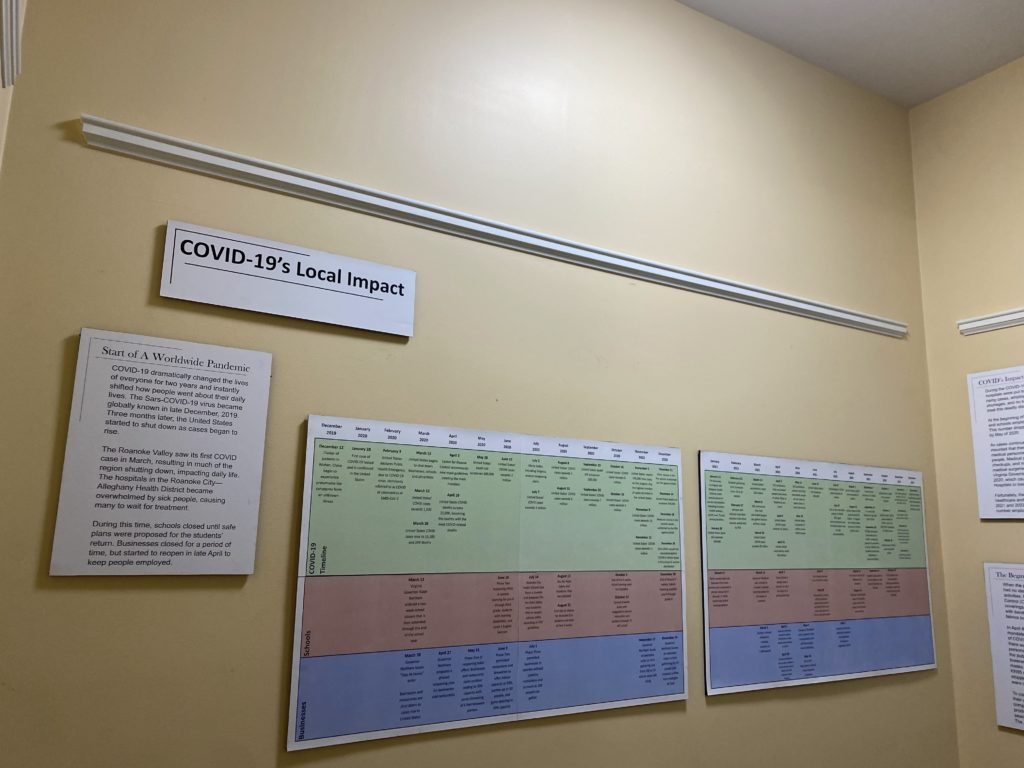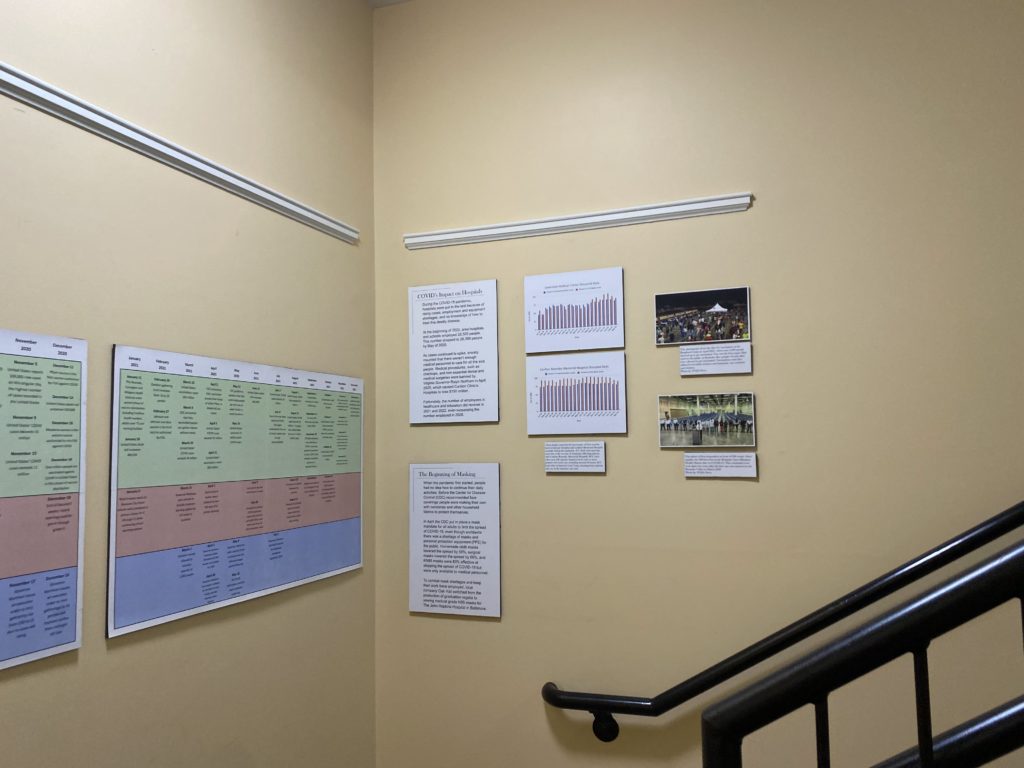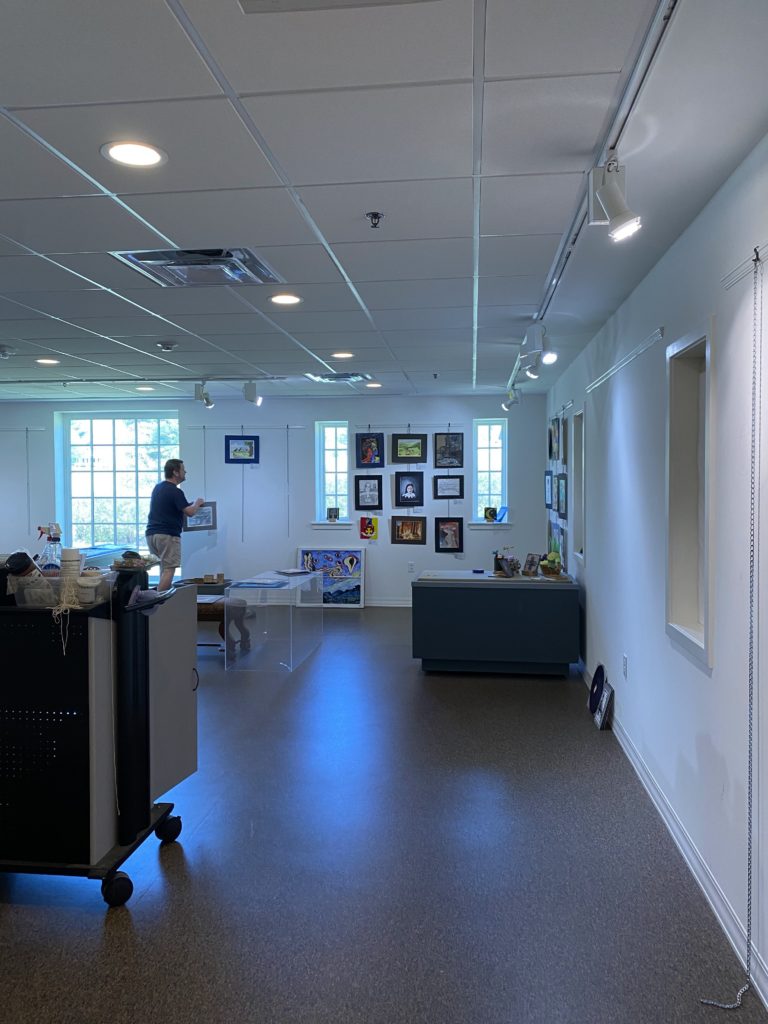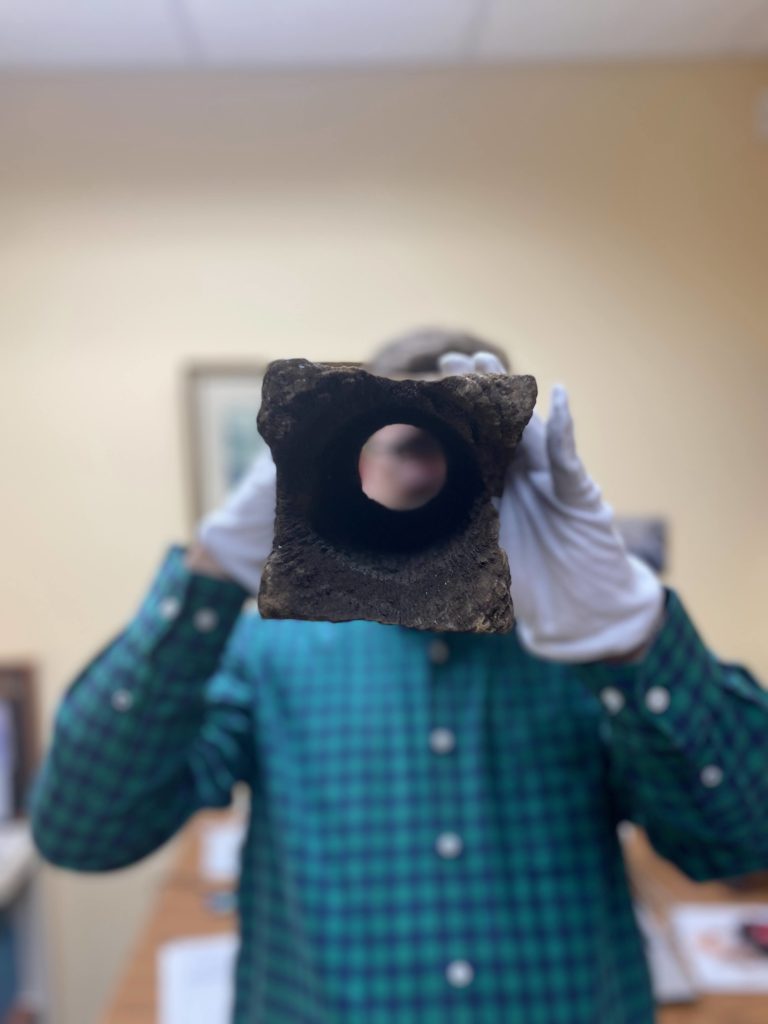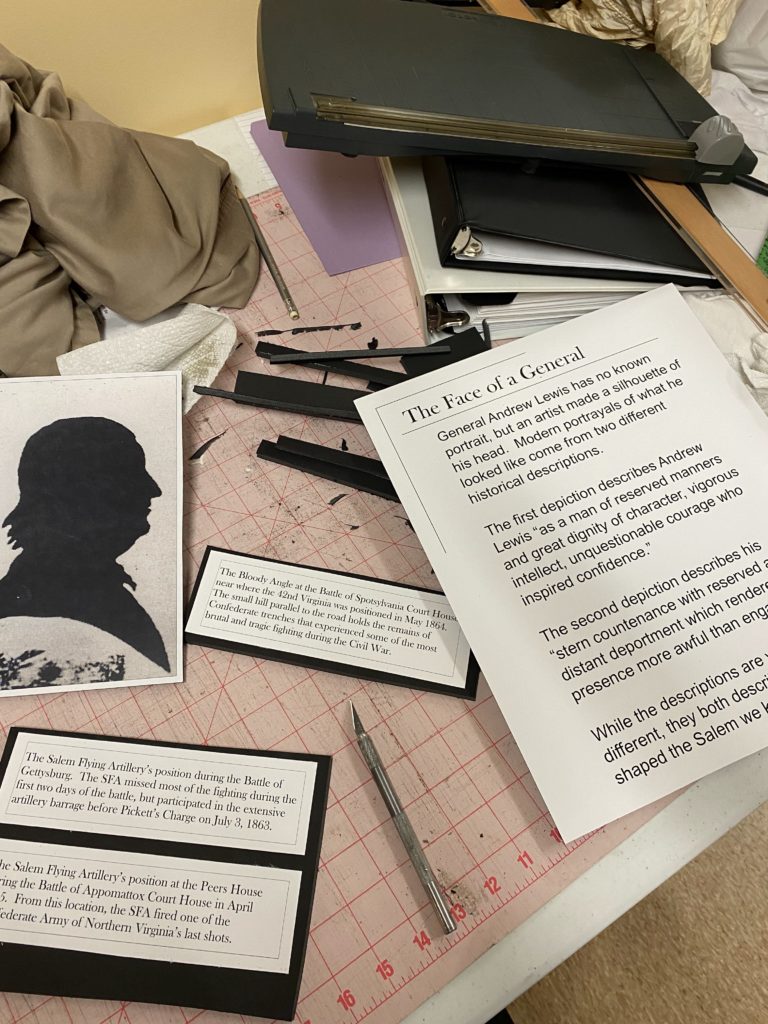For the last two weeks of my internship, I worked on finishing my exhibit for the museum. I spoke about how I researched for the final exhibit on three separate topics concerning COVID, that for me it was important to describe how businesses, schools, and hospitals dealt with COVID. I chose these three things because they impacted so many people and these were the places that continuously kept being reported in the news. It was important to get the feeling people felt and the immediate aftermath of everything once COVID spread. I created a large timeline including the general timeline regarding how COVID spread. What I didn’t count on was formatting it into something that would be digestible and readable for others. This took the longest time and was the most frustrating due to many small fixes to get everything perfect. I thought it was important to include the number of cases, the number of deaths, and the number of vaccinations. That way through the timeline the audience could see how things developed through 2020 and 2021.
I also included photos from the first people getting vaccinated at the Bergland Center and the 900 chairs set up to represent the deaths across the Roanoke and Allegney health district. I thought it was also important that people saw the physical devastation that COVID had, especially since everyone in living memory has experienced COVID firsthand. I wanted this to mostly be documentation about things from the immediate passing of COVID, this is important for future generations. These two pictures along with two graphs showing the hospital bed capacities at both Carilion and LewisGale. It was important to visibly show how COVID impacted hospitals, as many saw on the news how hard it was for healthcare workers. I wanted this to be a starting point for someone farther down in years, for them to be able to understand exactly what happened when for many of us the anxiety kept building every day.
